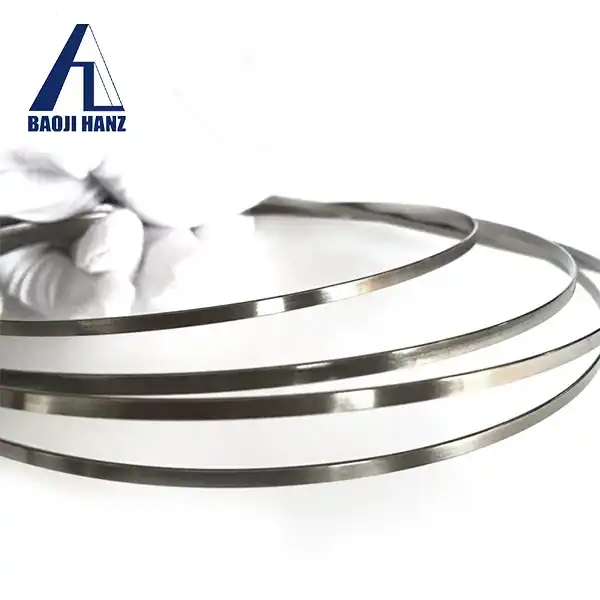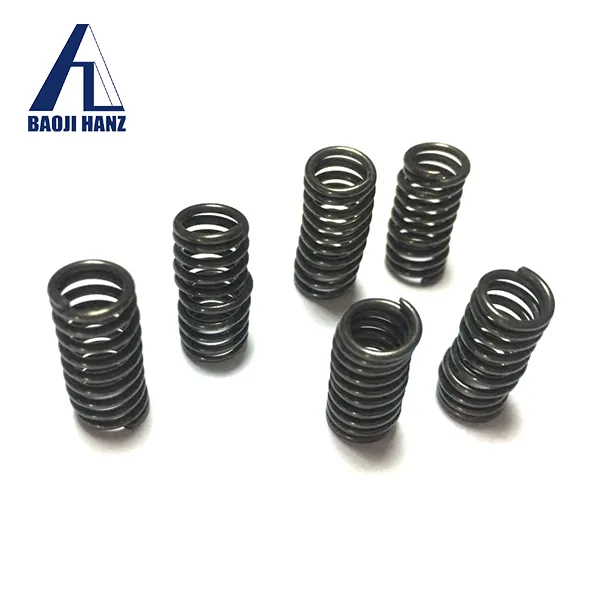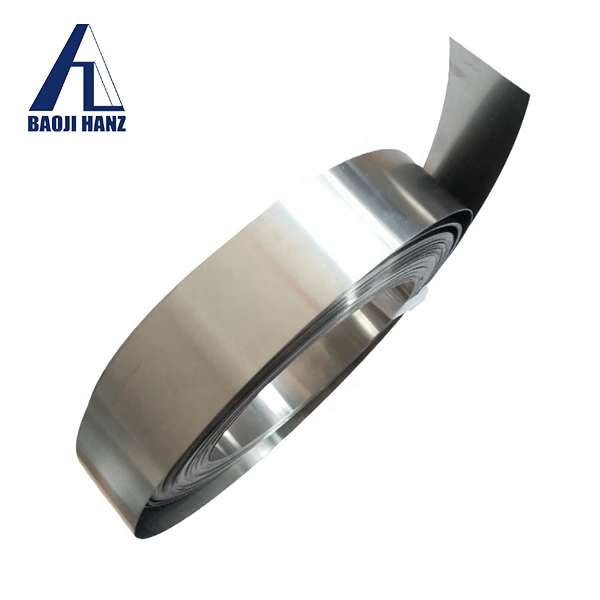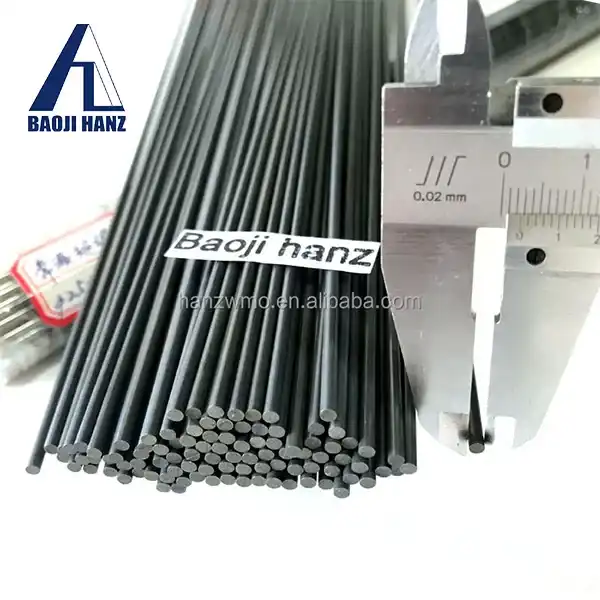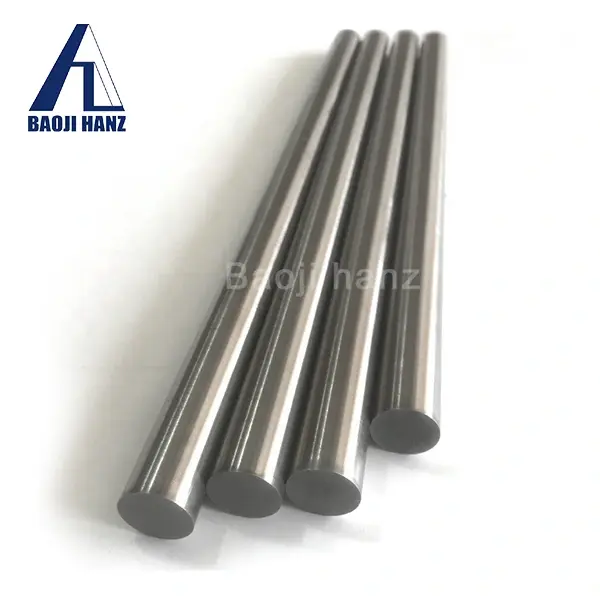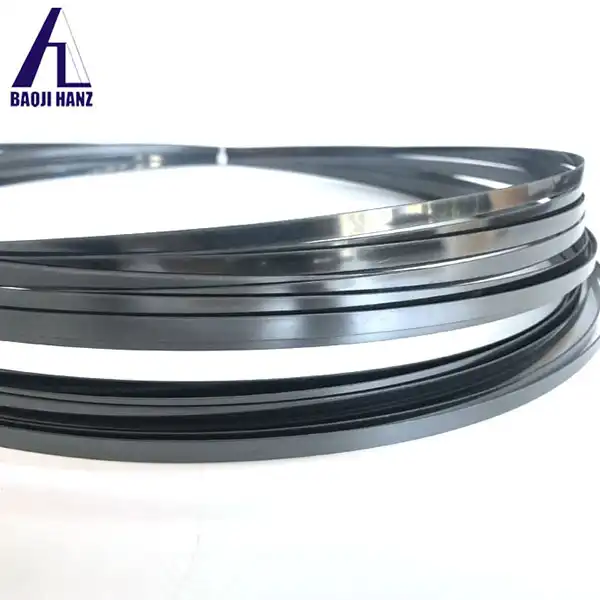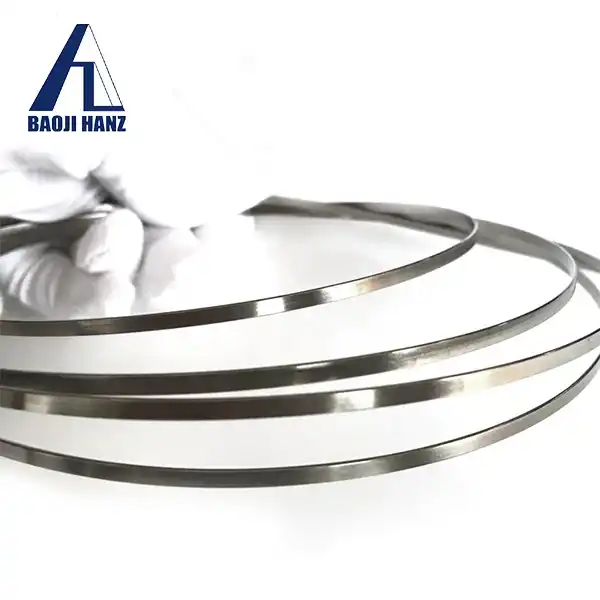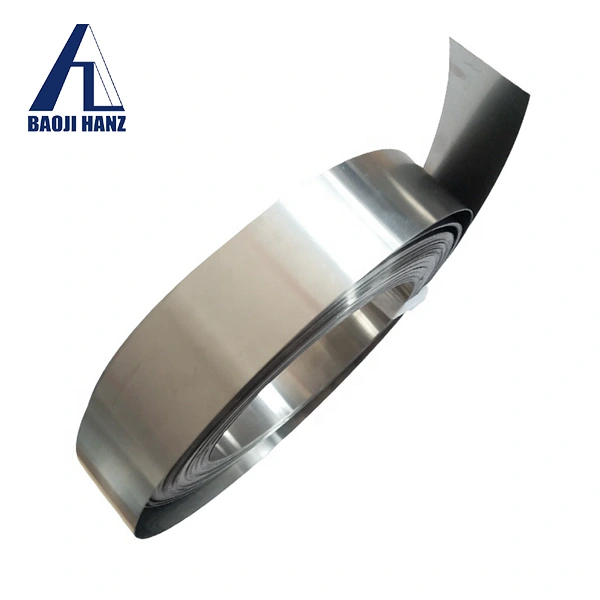How to make nitinol memory wire?
2024-07-09 13:28:02
To make nitinol memory wire, follow these steps:
Alloy Creation: Melt nickel and titanium in precise ratios to form nitinol alloy.
Wire Formation: Draw the alloy into wire form through hot or cold drawing processes.
Shape Setting: Bend or shape the wire into the desired configuration using tools or fixtures.
Heat Treatment: Heat the wire above its transformation temperature, typically between 450°C and 550°C (842°F to 1022°F), to set the shape.
Cooling: Quench the wire in water or air to lock in the memory effect.
Testing: Verify the wire's shape memory and superelastic properties through mechanical testing.
This process ensures the nitinol wire will return to its pre-set shape when heated.
What is Nitinol Wire and How Does it Work?
Nitinol wire is a shape memory alloy (SMA) that exhibits two remarkable properties: the ability to return to a pre-defined shape when heated and exceptional elasticity at certain temperatures. This transformation occurs due to a change in the crystal structure of the material. At lower temperatures, nitinol is in its martensite phase, which is easily deformed. When heated above its transformation temperature, it reverts to its austenite phase, remembering its original shape.
The unique characteristics of nitinol arise from the specific alloying of nickel and titanium, typically in nearly equal proportions. The precise control of these proportions allows for the tuning of the transformation temperature, making nitinol suitable for a wide range of applications, from medical devices to consumer products like eyeglass frames and headphone bands.
How is Nitinol Wire Made?
The production of nitinol wire involves several key steps: alloying, forming, machining, and heat treatment.
Alloying
The process begins with the precise alloying of nickel and titanium. The raw materials are melted together in a vacuum or inert atmosphere to prevent contamination. The exact ratio of nickel to titanium is critical, as even slight variations can significantly affect the material's properties. For medical-grade nitinol, additional elements may be added to enhance biocompatibility and performance.
Forming
Once the alloy is prepared, it is cast into ingots, which are then hot-worked (rolled, forged, or extruded) into wire. This step involves repeated heating and mechanical deformation to achieve the desired wire diameter. The material must be kept at a consistent temperature to avoid introducing stress and defects.
Machining
Nitinol is notoriously difficult to machine due to its superelasticity and tendency to work-harden rapidly. Techniques such as laser cutting, electrical discharge machining (EDM), and grinding are commonly used. These methods allow for precise shaping and cutting without causing significant heat buildup, which could alter the material's properties.
Heat Treatment
The final step is heat treatment, where the nitinol wire is set into its desired shape. This involves constraining the wire in a fixture that defines its final form and heating it to a specific temperature, usually around 500 degrees Celsius. The wire is then rapidly cooled, often in a water quench, to lock in the shape. This heat treatment process also determines the wire's transformation temperature and superelastic properties.
What Are the Applications of Nitinol Wire in Medical Devices?
Nitinol's unique properties make it invaluable in the medical field, particularly in the production of devices that benefit from its shape memory and superelasticity. Here are some key applications:
Stents
Nitinol is widely used in vascular stents, which are small, expandable tubes inserted into blood vessels to keep them open. The superelastic properties of nitinol allow stents to be compressed into a small diameter for insertion and then expand to their original shape once in place, providing support to the vessel walls.
Orthodontic Archwires
In orthodontics, nitinol archwires are used to apply consistent, gentle pressure to teeth, guiding them into their correct positions. The shape memory effect ensures that the wires return to their pre-formed arch shape after deformation, providing continuous force over time.
Guidewires and Catheters
Nitinol's flexibility and biocompatibility make it ideal for guidewires and catheters used in minimally invasive surgeries. These devices can navigate the intricate pathways of the human body, then return to their original shape to perform their intended function. This property is particularly beneficial in procedures such as angioplasty, where precise placement and maneuverability are crucial.
Conclusion
The process of making nitinol memory wire is intricate and requires precise control at every stage, from alloying to final heat treatment. Its unique properties of shape memory and superelasticity open up a vast array of applications, particularly in the medical field, where nitinol medical straight wire is used to create devices that improve patient outcomes and enable innovative treatments.
Understanding how nitinol works and the steps involved in its production helps appreciate its role in modern technology and medical advancements. As research continues, we can expect even more applications and improvements in this remarkable material.
References
- Today’s Machining World. How it Works – Developing a Good Memory: Nitinol Shape Memory Alloy.
- Seisa Medical. Nitinol: Properties, Applications, and Uses.
- Sava Cable. Nitinol Wire: Everything You Need To Know.
- Medical Design and Outsourcing. Nitinol machining and finishing for NiTi medical devices and parts.

